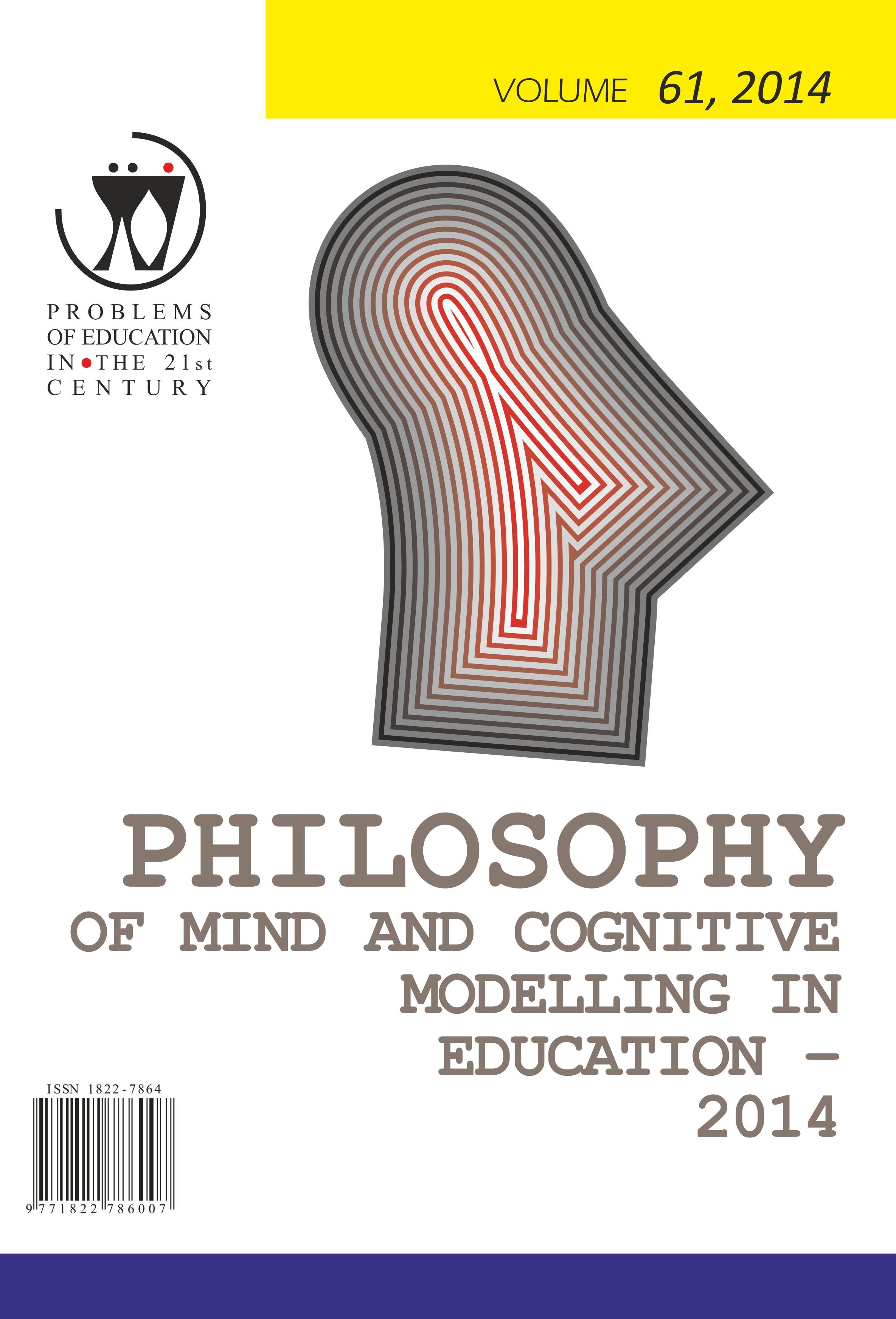THE EXAMINATION OF THE IMPACT ON STUDENTS’ USE OF GESTURES WHILE WORKING IN A VIRTUAL CHEMICAL LABORATORY FOR THEIR COGNITIVE ABILITIES
THE EXAMINATION OF THE IMPACT ON STUDENTS’ USE OF GESTURES WHILE WORKING IN A VIRTUAL CHEMICAL LABORATORY FOR THEIR COGNITIVE ABILITIES
Author(s): Piotr Jagodziński, Robert WolskiSubject(s): Education, School education, Pedagogy
Published by: Scientia Socialis, UAB
Keywords: chemistry experiments; educational simulation; gesture based system; embodied cognition theory;
Summary/Abstract: One of the cognitive theories is the embodied cognition theory. According to this theory, it is important to use appropriate gestures in the process of assimilating new information and the acquisition of new skills. The further development of information and communication technologies has enabled the development of interfaces that allow the user to control computer programs and electronic devices by using gestures. These Natural User Interfaces (NUI) were used in teaching Chemistry in middle school and secondary school. A virtual chemical laboratory was developed in which students can simulate the performance of laboratory activities, similar to those that are performed in a real lab. The Kinect sensor was used to detect and analyze hand movement. The conducted research established the educational effectiveness of a virtual laboratory, which is an example of a system based on GBS gestures (gesture-based system). The use of the teaching methods and to what extent they increase the student's complete understanding were examined. The results indicate that the use of the gesture-based system in teaching makes it more attractive and increases the quality of teaching Chemistry.
Journal: Problems of Education in the 21st Century
- Issue Year: 61/2014
- Issue No: 1
- Page Range: 46-57
- Page Count: 12
- Language: English

